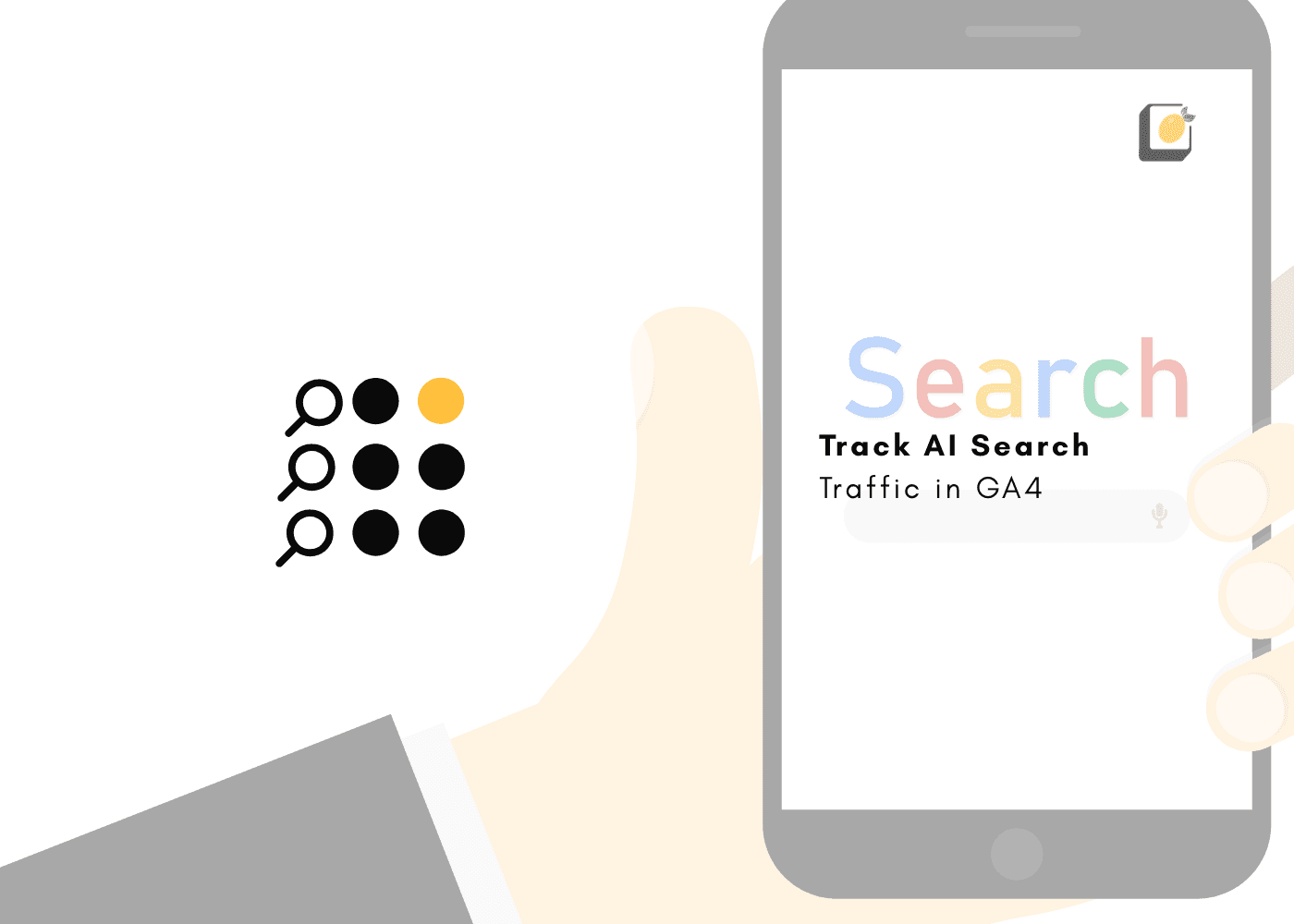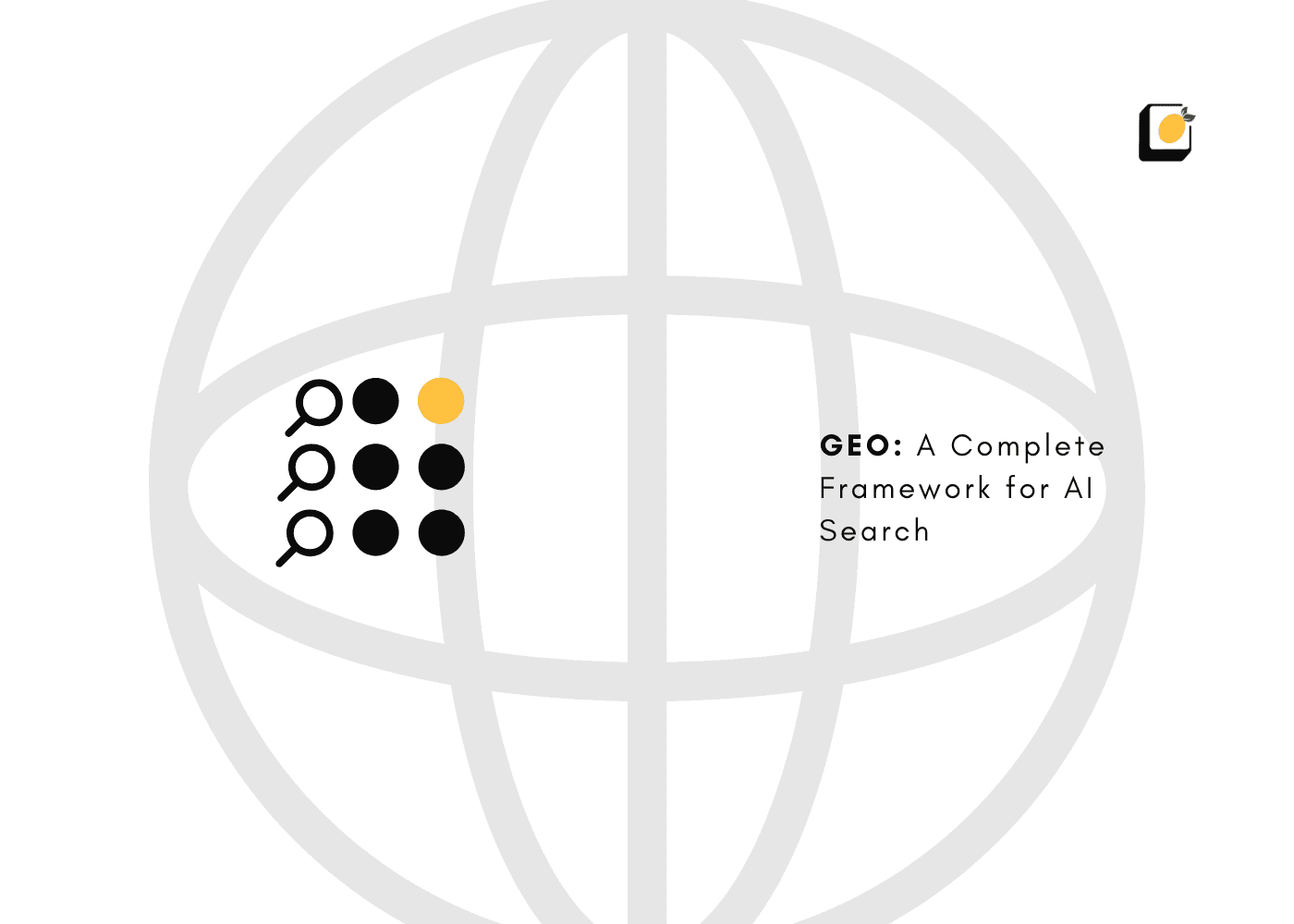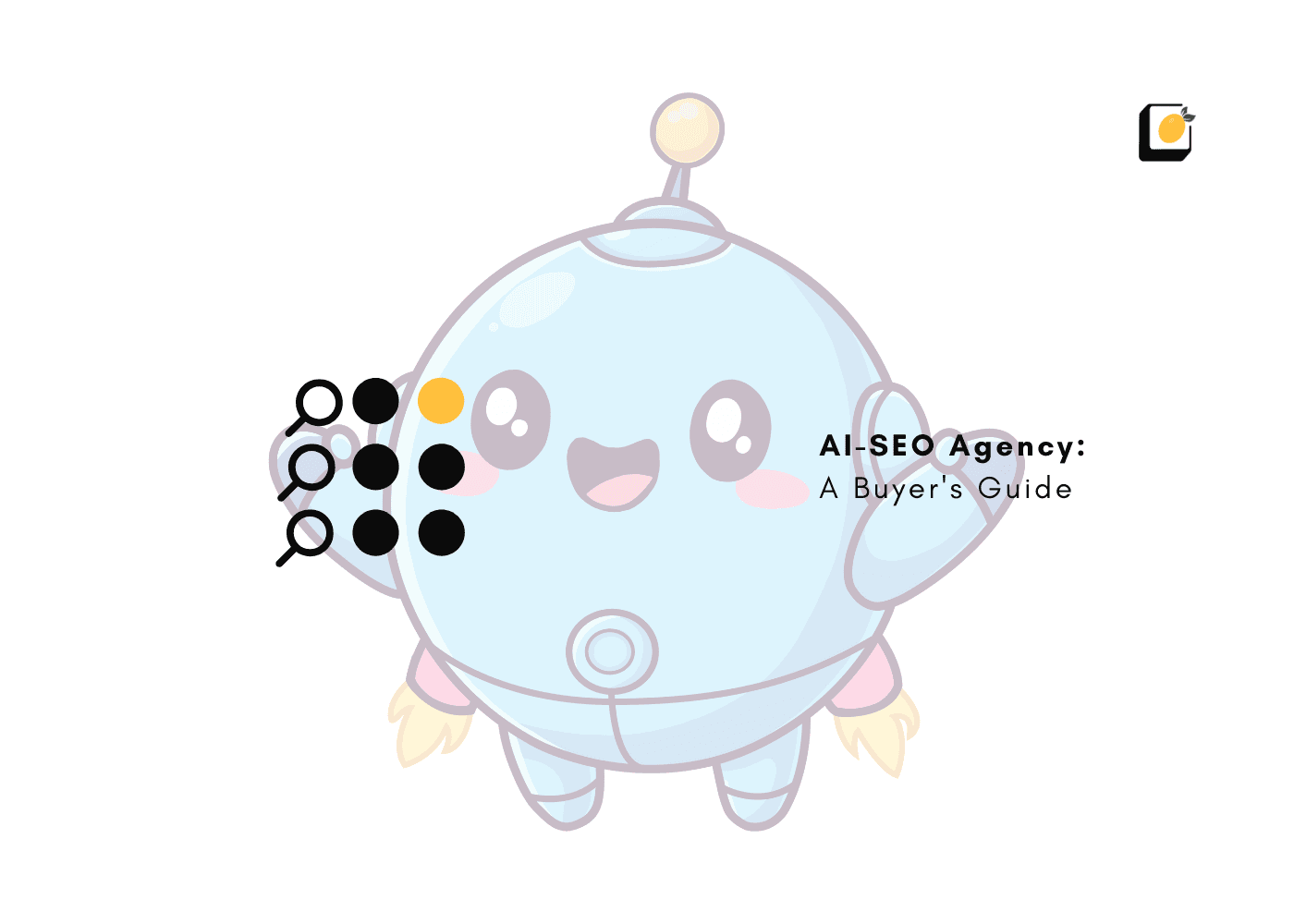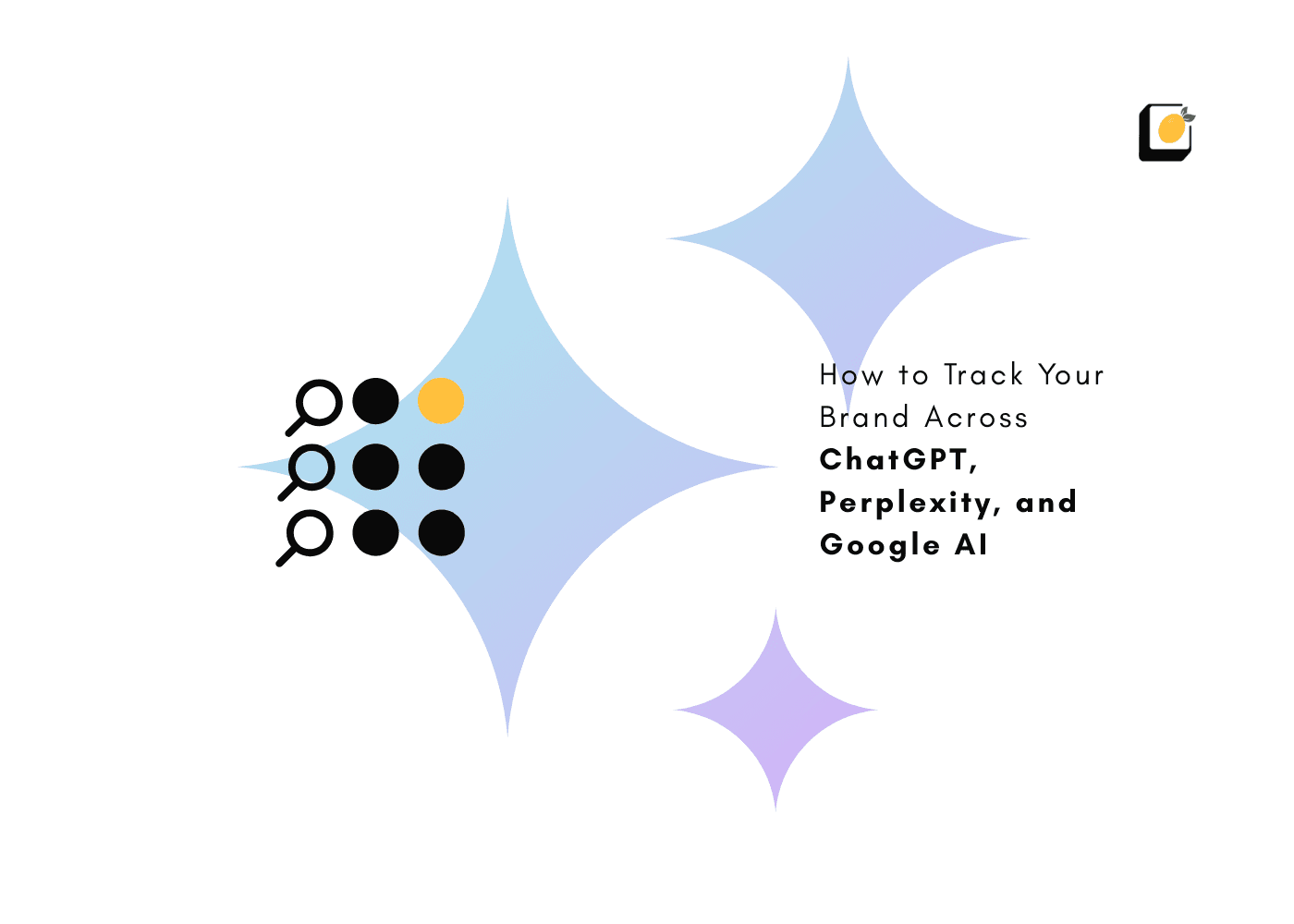What Keywords Should I Use? A CMO’s Guide to Finding the Best SEO Keywords (2025)
July 3, 2025
Join 500+ brands growing with Passionfruit!
In 2025, high-performing SEO is about engineering visibility with intent-first keywords and structuring content so both search engines and AI engines cite it.
The reality? Most keyword strategies are still stuck in 2015.
They chase volume, ignore funnel fit, and burn time on rankings that don’t convert.
At Passionfruit, we don’t play that game. We build keyword systems that drive revenue, not just traffic.
Outdated advice you need to unlearn:
“High-volume keywords” → Spikes CAC, 80% bounce rate
“Use Keyword Planner” → Misses AI-native queries
“Pick 10–15 terms” → Real SEO maps 100s of micro-moments
SEO = Intent × Structure × AI-Readiness
If your keywords don’t align with buyer intent and AI search behavior, you won’t be discovered by humans or machines. And if your content isn’t structured clearly, even the best keywords fall flat.
In this guide, you’ll learn:
How to find high-converting, funnel-specific keywords that drive real ROI,
Why keyword research must now include GEO (Generative Engine Optimization),
Where traditional guides fail and how to build systems that outperform,
A proven framework used by CMOs and growth teams at top-performing SaaS and eCommerce brands.
Want keywords that convert? Book a Growth Strategy Call with Passionfruit today!
Let’s stop asking “what keyword has the most volume?”
Start asking: “What’s the most valuable search we can win?”
Why Keyword Strategy Still Drives Revenue in 2025
Search behavior has changed. Buyer expectations have evolved. But keyword strategy? Still the backbone of scalable, compounding growth if done right.
In 2025, the right keywords do more than drive traffic. They get your content cited, surfaced, and trusted across Google and AI engines like ChatGPT, Perplexity, and Google AIO.
Old thinking: “High volume = high value.”
Wrong. Today, intent wins visibility, and visibility drives the pipeline.
Why top CMOs and growth leads prioritize keyword strategy:
Keywords are intent maps. They tell you exactly what your buyers want and when.
AI engines don’t rank pages. They cite clean, structured content. If your keywords don’t align with the right structure and context, you’re invisible.
Modern SEO is multi-surface. The same keyword can now win you spots in Google Search, ChatGPT answers, and Perplexity summaries.
Long-tail is the new battleground. 70%+ of organic traffic now comes from niche, high-intent queries, not head terms.
Ready to dominate AI search, not just Google? Explore Passionfruit’s GEO Services.
Before You Begin: Align Keyword Goals With Growth Outcomes
Before diving into keyword tools or brainstorming search terms, zoom out. The best keyword strategy starts with clarity on what you’re actually trying to drive.
Ask your team:
Are we trying to generate awareness? (Top of Funnel – TOFU)
Are we nurturing and educating buyers in consideration? (Middle of Funnel – MOFU)
Or are we driving high-intent purchase decisions? (Bottom of Funnel – BOFU)
Each stage demands a different keyword profile:
Funnel Stage | Goal | Keyword Type | Example |
TOFU | Attract | Informational, explainer | “What is headless CMS” |
MOFU | Educate | Comparison, commercial | “Webflow vs Shopify for SaaS” |
BOFU | Convert | Branded, high-intent | “Best AI SEO agency for B2B” |
If you skip this step, you risk spending thousands on content that ranks, but doesn’t convert.
Pro Tip: Tie every keyword to a revenue-driving action. If it can’t move users further down the funnel, it’s noise.

Step-by-Step: How to Find the Best SEO Keywords for Your Brand
Below is the framework top growth teams use to build intent-aligned, AI-ready visibility across Google and generative platforms.
1. Audit Your Current Keyword Visibility
Before chasing new territory, look inward. Your existing rankings reveal a map of what’s working, what’s wasted, and what’s being ignored by search engines.
Start with Google Search Console, Ahrefs, or Semrush. Analyze:
Keywords where you’re ranking on page 2 (low-hanging fruit)
Pages with high impressions but poor CTRs (fix your metadata)
Internal keyword cannibalization (merge or reposition similar content)
Most brands have underperforming pages with clear upside. They just aren’t structured or surfaced well. This step is your baseline.
2. Analyze Competitor Gaps
Growth happens when you outrank.
Run a competitor content gap analysis to uncover what similar brands are ranking for that you’re not. Use Ahrefs’ Content Gap tool, SimilarWeb’s traffic sources, or plug competitor URLs into SEO Minion to scan SERPs side-by-side.
Look for:
Keywords they’ve captured across the funnel that you’ve ignored.
Topics where you have more authority but less visibility.
Intent zones (like high-buy queries) where their page structure wins the citation.
This is reverse-engineering where you’re being outranked and fixing it.
3. Map Topics to Intent
In 2025, keywords are intent signals. Grouping them by TOFU, MOFU, and BOFU stages lets you align SEO directly to pipeline movement.
Let’s say you sell a SaaS product aimed at churn reduction. The keyword path might look like this:
TOFU: “Why do SaaS users churn” → Educational blog
MOFU: “How to reduce churn in SaaS” → Feature guide
BOFU: “Best churn reduction software” → Optimized product page
When your content aligns to these moments in the user journey, you stop chasing rankings and start creating relevance. That’s where qualified traffic begins.
Pro Tip: Build keyword clusters around problems, not just phrases. That’s how you dominate topics.

4. Use AI-Powered Tools for Keyword Expansion
AI changed how users search, and it’s changing how you should build your keyword lists.
Go beyond static tools. Use:
ChatGPT and Gemini for conversational phrase discovery.
AlsoAsked and AnswerThePublic to uncover question-based variants.
Reddit, Quora, and niche forums to tap into real language users use.
Google’s “People Also Ask” for supplemental semantic coverage.
These tools surface low-competition, high-intent long-tail queries that most traditional keyword platforms still overlook. It’s about building clusters that mimic human search behavior.
5. Look Beyond Google. Target Generative Engines
You’re not just writing for Google anymore.
In the AI-powered search landscape, tools like ChatGPT, Perplexity, and Google AIO don’t display links. They summarize. And only the most structured, trustworthy content gets cited.
This is where Generative Engine Optimization (GEO) kicks in.
Winning citations means structuring your content with:
Semantic clarity (H1-H3 hierarchy, logical flow)
Schema markup (FAQ, product, how-to, etc.)
Summarizable content blocks (that LLMs can extract cleanly)
If your content isn’t easily readable by humans and machines, you’ll be skipped. No matter how good your insights are.
Choosing the Right Keywords: What to Prioritize
Not all keywords are worth your time or budget. In 2025, smart growth teams engineer visibility around buyer intent, AI discoverability, and funnel-stage alignment. Below is how to evaluate which keywords deserve investment and which ones are a distraction.
1. Use a Keyword Quality Framework
Here’s the decision filter your team should be using:
Volume × Intent × AI-Readiness × Funnel Fit
A keyword’s value = who it attracts, how it’s answered, and if it earns citations.
Prioritize:
“Rankable but high-intent” keywords over vague terms with bloated volume.
Terms that map cleanly to a content asset that solves a specific job.
Search phrases that show up in both traditional and AI-led search pathways.
Example: Instead of optimizing for “customer retention,” go for “how to reduce churn in SaaS in 2025”. It has lower volume, higher purchase intent, and citation-worthy.
2. Balance the Right Mix of Keyword Types
Your SEO performance compounds when you balance your keyword portfolio across head, mid, and long-tail terms.
Type | Purpose | Example |
Head terms | Broad visibility, brand association |
|
Mid-tail | Funnel driver, problem-aware |
|
Long-tail | High-converting, AI citation-friendly |
|
Pro tip: Long-tail keywords drive higher ROI. They’re easier to rank, speak directly to ready-to-buy users, and often appear in “People Also Ask” boxes and generative summaries.
Use long-tails to win trust at the bottom of the funnel, and reinforce with head/mid-tails to build authority upstream.

3. Avoid Keyword Overkill
Here’s the trap too many teams fall into: trying to optimize every page for every variation of every keyword. It doesn’t scale. And it won’t win.
The fix: Match one core intent per page. Let your structure do the rest.
Avoid overloading headers or metadata with keyword variations.
Focus on semantic coverage (related phrases, not repetition).
Build topical authority by interlinking related content across your site.
Remember: Google and AI engines understand topic clusters. Your job is to structure clarity, not cram phrases.
Takeaway: Keyword selection in 2025 is less about what users type, and more about what they actually want and how engines interpret that need. Smart teams build systems, not spreadsheets.
Want help mapping your highest-impact keyword plan? Talk to a Growth Strategist at Passionfruit today!
Structuring Pages to Actually Win
A keyword is only as powerful as the page behind it.
To win in 2025, your content needs to signal intent clearly, structurally, and semantically. Here’s how high-performing teams do it:
Headline (H1): Start with a clear, concise title that reflects the exact search intent.
Subheads (H2/H3): Break down the topic in a scannable flow. This helps users stay longer and tells engines your content is organized.
Bullets, tables, schema: These aren’t just for UX. They feed the AI summarization layer. Structured content = featured snippets, citations, and zero-click wins.
Pro tip: Use semantic markup and FAQ schema to boost your chances of showing up in AI answers and “People Also Ask” boxes.
Don’t Forget These Overlooked Keyword Levers
Great keyword research still misses hidden queries. These levers are SEO goldmines:
Internal search data
What users type into your site search tells you exactly what they want and how they phrase it. These queries often signal friction points, missing content, or unclear navigation.
Customer support logs
Your customer support inbox is a keyword research tool in disguise. Every complaint, confusion, or feature request is a content opportunity. Rank for it.
Negative keywords (for PPC)
Want to avoid wasted budget and irrelevant traffic? Actively research and deploy negative keywords to filter out users who don’t convert. It’ll clean your intent signals for both SEO and paid.
Seasonal queries
Timing is everything. Start optimizing for annual trends 1–2 months ahead. Whether it’s “Q4 marketing strategies” or “Black Friday SEO tips,” early deployment wins early rankings and AI citations.
Quick Win: Review your support queries and internal site search monthly. Add 1–2 long-tail, BOFU terms from these sources into your content calendar.
Ongoing Optimization: Tracking What Works
Finding the right keywords is just the beginning. To drive compounding ROI, you need to measure what actually moves the needle. The revenue signals.
Here’s what modern growth teams track:
Ranking momentum: Look beyond surface-level positions. Use your index-to-ranking ratio to track how much of your content Google and AI engines actually rank, not just crawl.
Content-to-pipeline mapping: Which pages drive form fills, signups, or purchases? Tie keyword clusters to funnel stages and revenue outcomes.
AI citation frequency: Are you being cited in ChatGPT, Gemini, or Perplexity? This is the new visibility metric for AI-first SEO.
Tools we recommend:
Google Search Console + Ahrefs for traditional visibility
AI engines + GEO dashboards for generative performance
Passionfruit’s unified reporting stack to track how SEO, GEO, and UX move your actual pipeline.
Common Pitfalls
Even well-intentioned teams fall into traps that cost visibility, trust, and conversions. Here are the biggest SEO keyword strategy mistakes we see (and help fix):
Chasing keyword volume blindly
Just because a keyword has high search volume doesn’t mean it brings high-value traffic. Always prioritize buyer intent and conversion potential.
Targeting too many intents in one page
One page, one intent. If you overload a page with mixed messaging, it confuses both users and AI engines and kills your rankings.
Skipping the conversion path
Ranking is a vanity metric if the page doesn’t convert. Every keyword-powered page needs a clear CTA, next step, or funnel destination.
Ignoring AI visibility
In 2025, AI citations are table stakes. If you’re not being surfaced in generative answers, your SEO strategy is incomplete.
Pro Tip: Audit your top pages monthly. Check for AI citations, UX drop-offs, and conversion friction. Fix what’s leaky, double down on what compounds.
Next up: Want to see how your keywords stack up across Google and AI engines?
Book a Keyword Visibility Audit with Passionfruit today!
Key Takeaways
Keywords must align with buyer intent and AI search patterns.
Volume alone doesn’t drive conversions. Intent does.
Match keywords to TOFU, MOFU, or BOFU goals.
AI engines cite structured content, not just rank it.
Long-tail keywords convert better and rank easier.
One keyword intent per page is best practice.
Use internal search and support logs for hidden queries.
GEO is essential to show up in AI-generated answers.
Track rankings, pipeline impact, and AI citation frequency.
Smart keyword strategy compounds ROI over time.
FAQs
Q1. Are keywords still relevant in 2025?
Yes, keywords remain essential, but the way we approach them has changed. In 2025, effective keywords must align with user intent and the way AI engines interpret and summarize content. It’s about matching the exact need behind the search.
Q2. What’s the biggest keyword mistake?
The most common mistake is chasing high-volume keywords without considering whether they convert. Volume doesn’t equal value if the searcher isn’t ready to take action. Intent-first keywords that match funnel stages and solve specific problems always outperform generic ones.
Q3. What tools should I use for keyword research?
Modern keyword research combines traditional SEO tools like Google Search Console and Ahrefs with AI-native discovery methods. Using platforms like ChatGPT, Gemini, Reddit, and niche forums reveals how real users speak and search, while Passionfruit’s GEO tools ensure you’re visible to both search engines and AI engines.
Q4. How many keywords per page?
Each page should focus on one core keyword or intent. Trying to optimize a single page for multiple unrelated keywords weakens clarity and dilutes both user experience and AI comprehension. Supporting terms can be included semantically, but the primary message should remain singular and focused.
Q5. What is GEO?
GEO, or Generative Engine Optimization, is about structuring your content so AI platforms like ChatGPT, Google AIO, and Perplexity can read, understand, and cite it accurately. It goes beyond traditional SEO by emphasizing clear hierarchies, schema markup, and clean formatting to ensure visibility in AI-generated answers.















